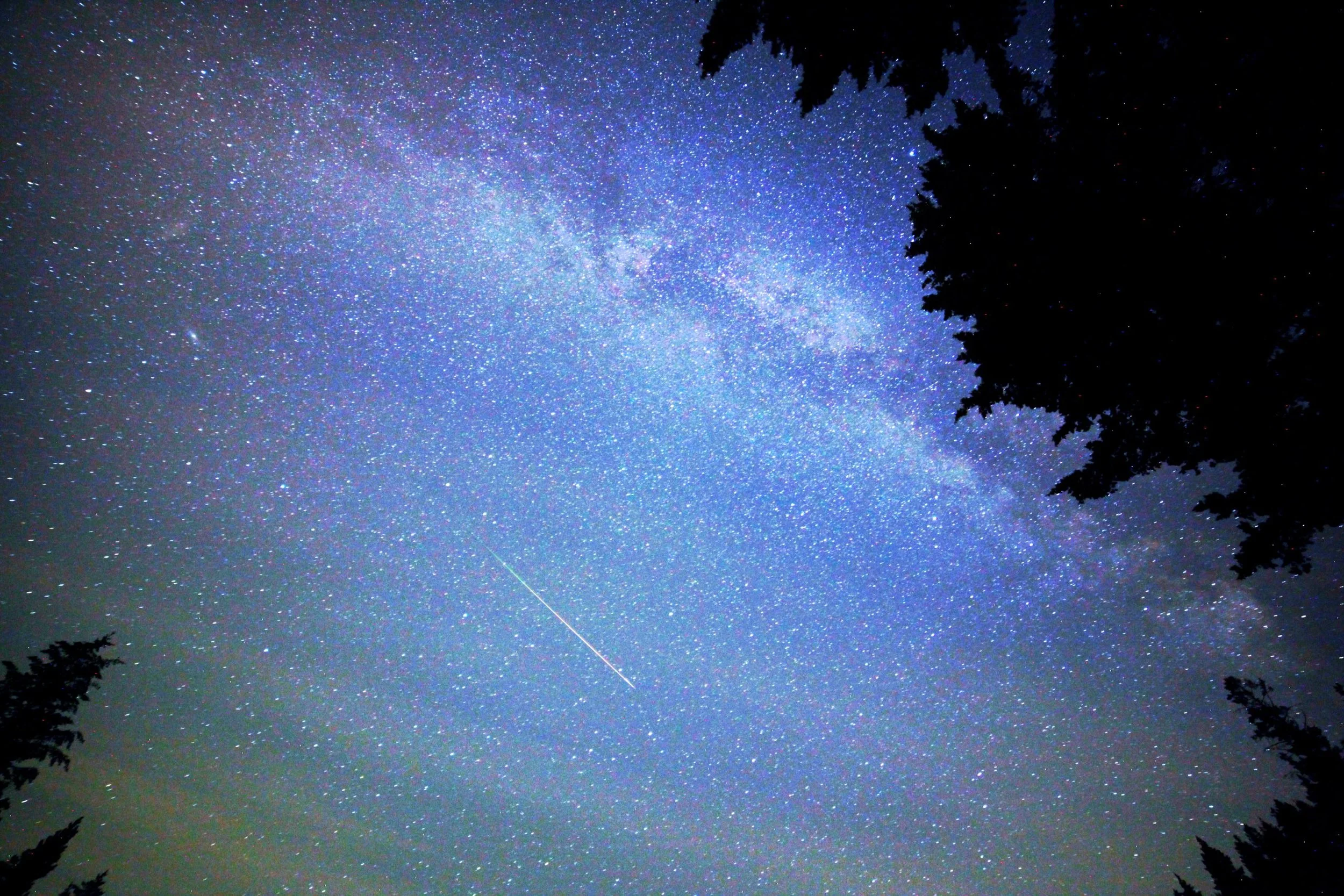Tips for Use of Lighting to Enhance Our Dark Skies
Editor's note: This post is authored by one of ICL's 2018 volunteer wilderness stewards, Emily Williams. A recent graduate of Tufts University, Emily was born and raised in Idaho's Wood River Valley. For more information on the effects of light pollution, attend a presentation by ICL's own Betsy Mizell on Sept. 11 in Twin Falls.
Did you know that 80% of North Americans live in areas where light pollution obscures their view of the stars? Light pollution wastes billions of dollars each year in energy consumption, contributes to greenhouse gas emissions, and harms human health and wildlife. And the problem is only increasing.According to the National Optical Astronomy Observatory, a federally funded entity that has monitored outdoor lighting levels across the United States and beyond for the past six years, "Participants have seen brighter skies and fewer stars over time, meaning that light pollution is a growing problem."Luckily, there is a simple solution to reclaiming our dark skies - we can make our outdoor lighting dark sky compliant. Here are a few pointers for evaluating your outdoor lighting and transitioning to a lighting plan that protects our dark skies:
- Have lights turned on only when they're needed. Motion sensors are a great way to limit light usage.
- Only light areas that require it. Narrow your lighting to specific areas that really need to be lit such as pathways that see a lot of use.
- Use the dimmest light setting possible. Most lights come with the option to turn down their brightness, so try to use the lowest setting you can.
- Minimize blue light emissions. Lights are offered in a broad range of color from blue/white lighting to yellow/orange. Blue lighting brightens the night sky more than any other color of light. So when choosing light color, it is best to limit the temperature to less than 3,000 Kelvins. (Most lights have this information on their packaging.)
- Shield your lighting (pointing downward). Shielding the light downward is beneficial for many reasons. It directs light onto what it is you're trying to illuminate. It saves energy and increases your light's effectiveness. And it also keeps light from "trespassing" into the night sky and other areas that do not need to be illuminated.
- Use energy-efficient lighting sources and fixtures.
You can find a list of dark sky compliant lighting fixtures at the International Dark-Sky Association website.Another great source of information on lighting fixtures is provided by Volt Lighting.- Emily Williams

